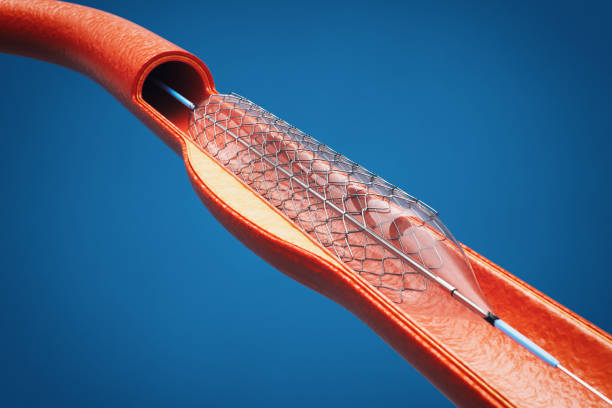CABG – Redo in India starts from $7000. The total cost of the treatment depends on the diagnosis and facilities opted by the patient.
In the United States Coronary artery bypass graft which is a common kind of an open heart surgery if found to be executed in good numbers. Cardiothoracic surgeons are the doctors who are involved in performing the procedure on the concerned patients. This kind of procedure is very appropriate for coronary heart diseases which can become a life-threatening issue later.
About CABG – Redo
Awaxy substance called plaque hets deposited in good amount in the coronary arteries of the heart, they supply oxygen to the heart. With time the plaque starts hardening and eventually ruptures and breaks open. This plaque interferes with blood flow as arteries grow narrow at that region. A blood clot develops when the plaque ruptures open on the surface. The artery gets blocked if the blood clot developed is very large. This can be the cause of heart attack in a later stage becoming the cause of a life risk.
Symptoms of CABG – Redo
When the heart gets deprived of rich oxygenated blood there is chest pain and discomfort felt by the patient. This pain is referred to as angina. Breathlessness and fatigue are some of the other kinds of problems that are associated with coronary heart disease. In worse case scenario a heart attack which can be life-threatening may affect the patient severely.
Coronary artery bypass surgery aims at improving the general blood circulation to the heart. A healthy artery or vein is taken the body and is grafted or connected to the blocked coronary artery for the purpose of bypassing. This artery or vein goes around the blocked portion of the coronary artery and establishes a new path for the blood to flow to the heart thus reducing the chance of a heart attack. In one surgery surgeons can bypass multiple coronary arteries. Severe blockages can be treated with this procedure.






